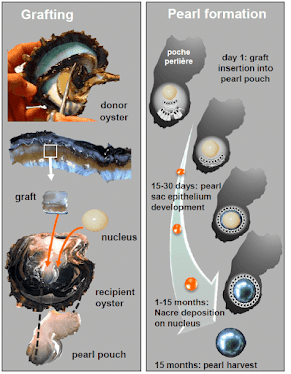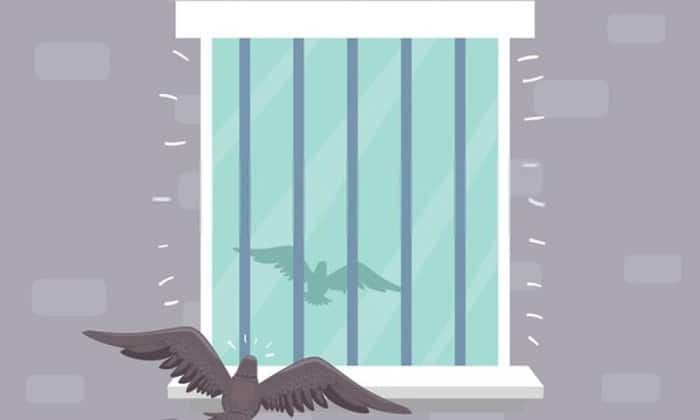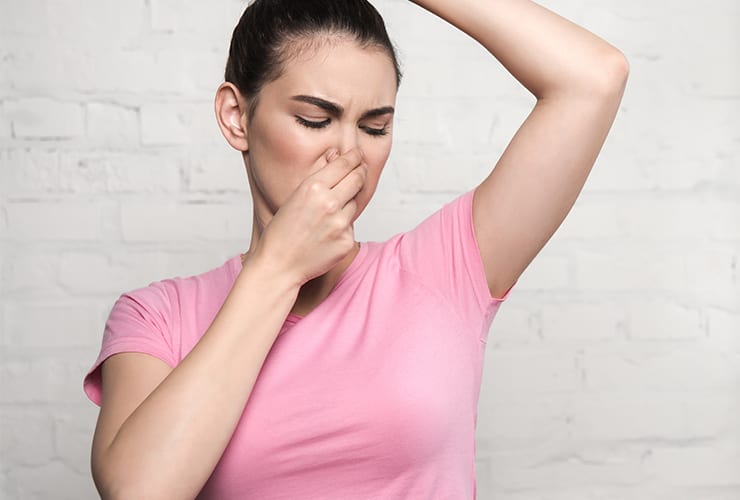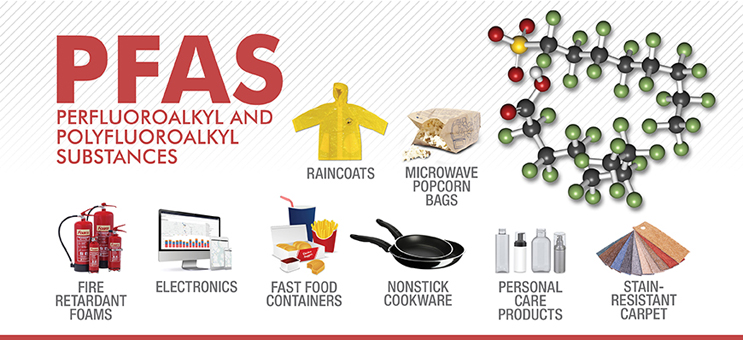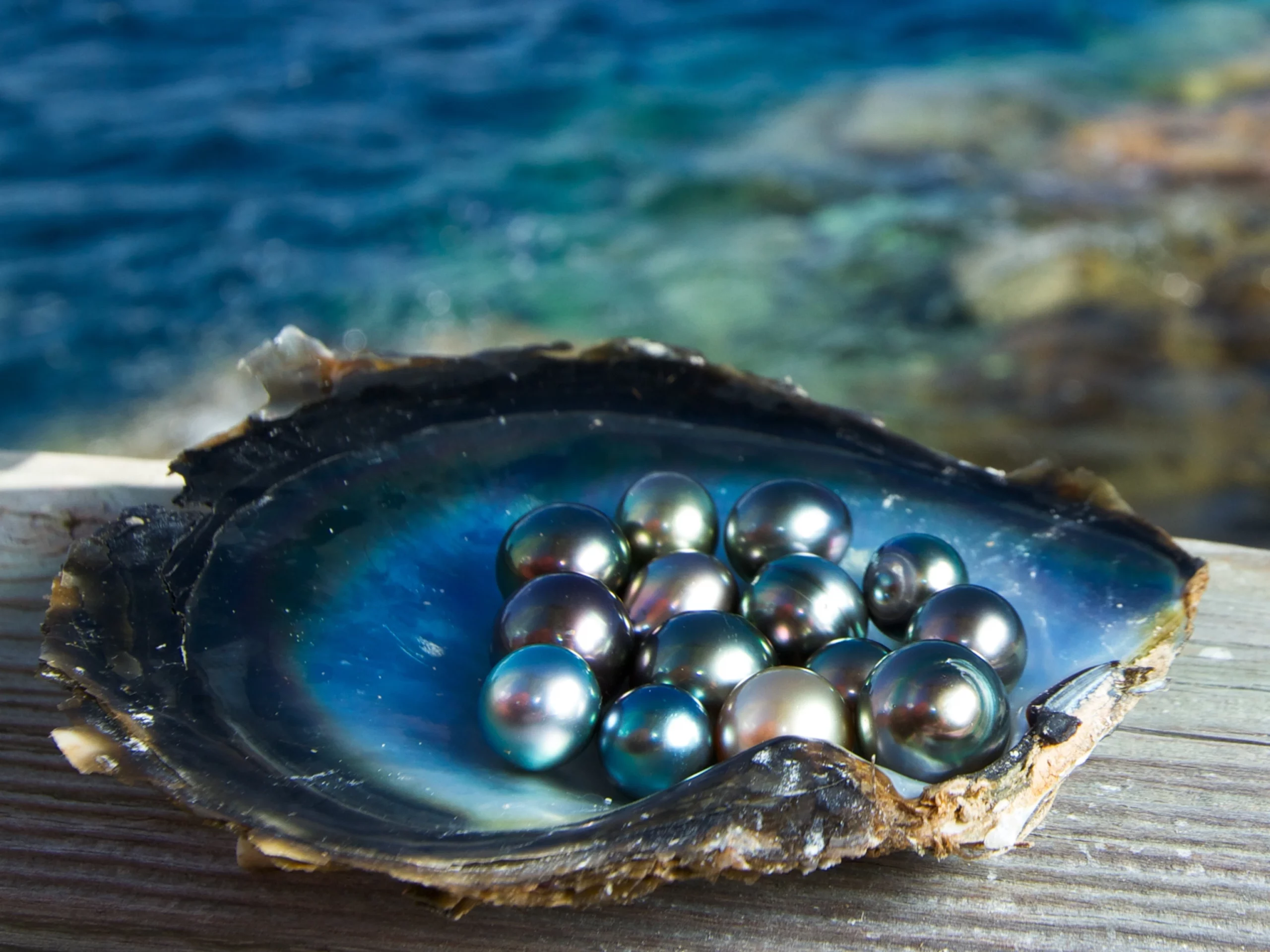
Pearls have been a symbol of elegance and class for centuries. Pearls were worn by Maharajas of India and European queens as a symbol of their status. Celebrities walked the red carpet dripping in pearls at the Met Gala in 2018, which was inspired by the Catholic Church. Marie Antoinette’s pendant was the most valuable pearl ever sold. It was auctioned for $32 million in 2018.
But what is it that makes pearls so expensive?
Marie Antoinette’s pearl was part of a diamond-studded pendant, and it has important historical significance, which increased its value. But there are several other factors that determine the value of a pearl. It is probably the most complex gem to assess. The valuation of pearl determines by its state i.e. Natural and Cultured. Natural pearls are hard to find. They’re rare, and this makes them worth more money.
What is a natural pearl? and How do oysters make pearls?
Natural pearls are formed when an irritant, generally a minute organism, enters the shell of a mollusk such as an oyster or a mussel. The snail begins to coat the debris with nacre, or mother-of-pearl, the same material that coats the inner layer of its shell, to protect itself from the invader. It keeps doing so, and the irritation turns into a gleaming pearl.
Cultured pearls are made in the same way, but instead of the irritant accidently entering the shell, it is placed there by a human. Pearl farmers place a piece of mollusk tissue known as donor tissue into the oyster shell where they wish the pearl to grow. This triggers the oyster’s defense response, and it starts coating that piece of tissue with nacre.
Cultured pearls account for the great majority of pearls on the market. X-rays are used by the Gemological Institute of America to determine if a pearl is natural or produced. You can plainly discern concentric layers of growth from the very inside out if you look at both pearls. In contrast, a cultured pearl has a bigger center and a thinner layer of pearl development surrounding it.
Read also

